JMSE, Free Full-Text
$ 16.50 · 4.9 (346) · In stock
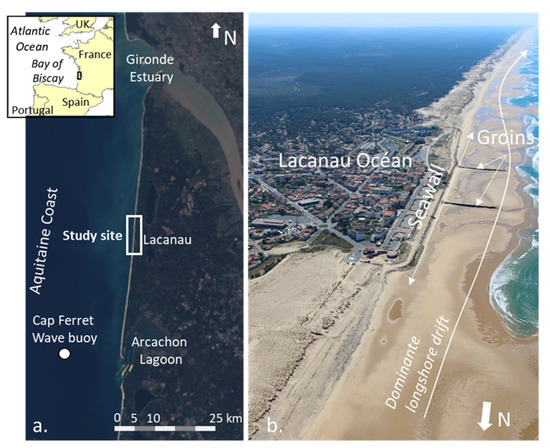
Seawalls are commonly used worldwide to protect urbanized sea fronts. These alongshore protection structures are often blamed for hydro-sedimentary dynamics perturbations, but without clear and generalizable conclusions on long-term morphodynamic effects. In this paper, evolutions of beaches are studied from 1966 to 2021, comparing the urbanized sea front of Lacanau seaside resort (Aquitaine France) and adjacent natural areas. A large-scale spatiotemporal multisource dataset is used to derivate several indicators and evaluate the characteristics and magnitude of passive and active erosion related to a large riprap seawall at a highly energetic meso–macro tidal coast. The most dramatic manifestation of the presence of the seawall (passive erosion) is the beach lowering and the reduction of beach variability at the seasonal and interannual timescale in front of the seawall. However, recent evolutions are roughly similar at the seawall-backed beach than at the natural sector, indicating no specific active seawall influence on beach erosion or recovery. The perturbations directly attributable to the seawall (active erosion) are limited to temporary end-effect, slight perturbation of outer bar pattern and the setup of a slight platform around the depth of closure. The adverse effects are currently manageable, but they require a new strategy in view of the chronic shoreline retreat at adjacent sectors and the expected effects of climate change.
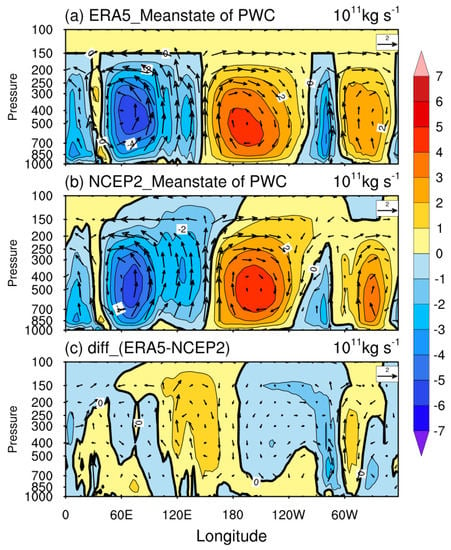
JMSE, Free Full-Text
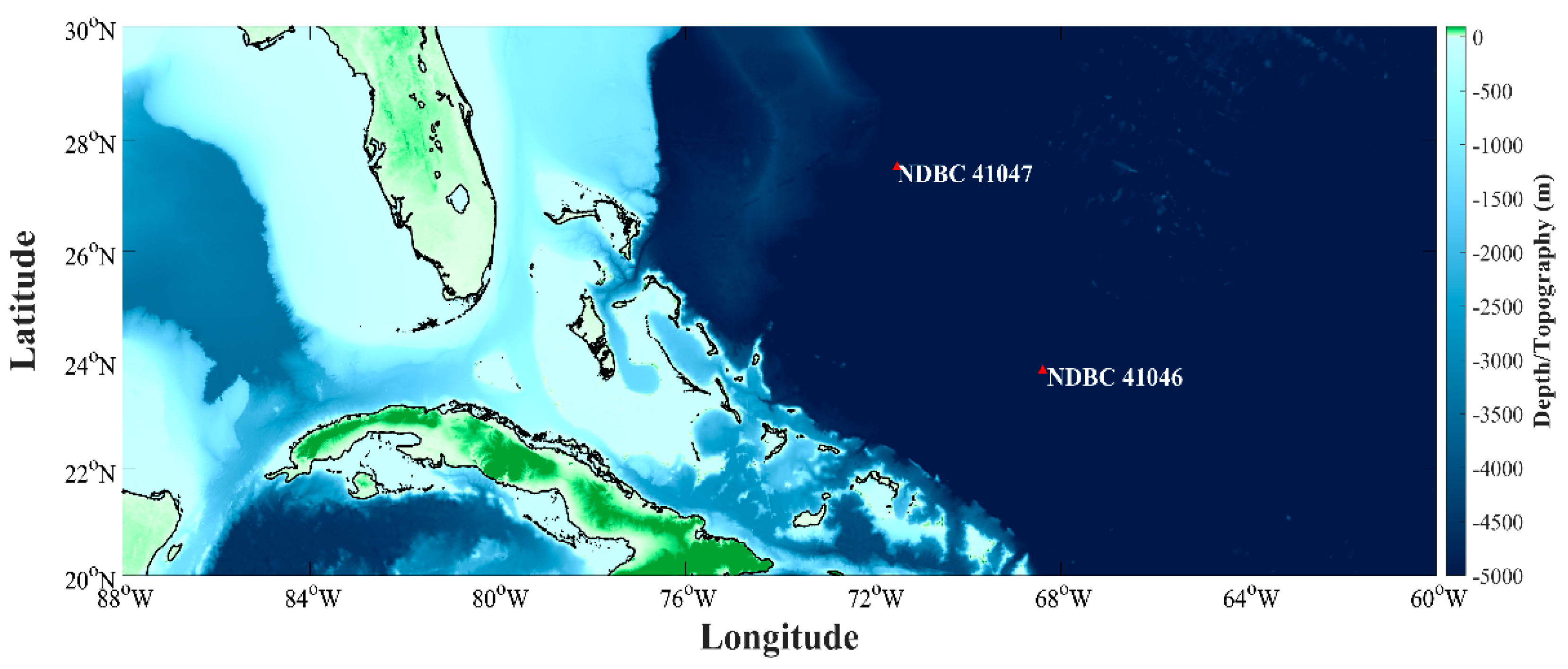
JMSE, Free Full-Text

Soil Organic Carbon Stocks Increased Across The, 48% OFF

JMSE, Free Full-Text
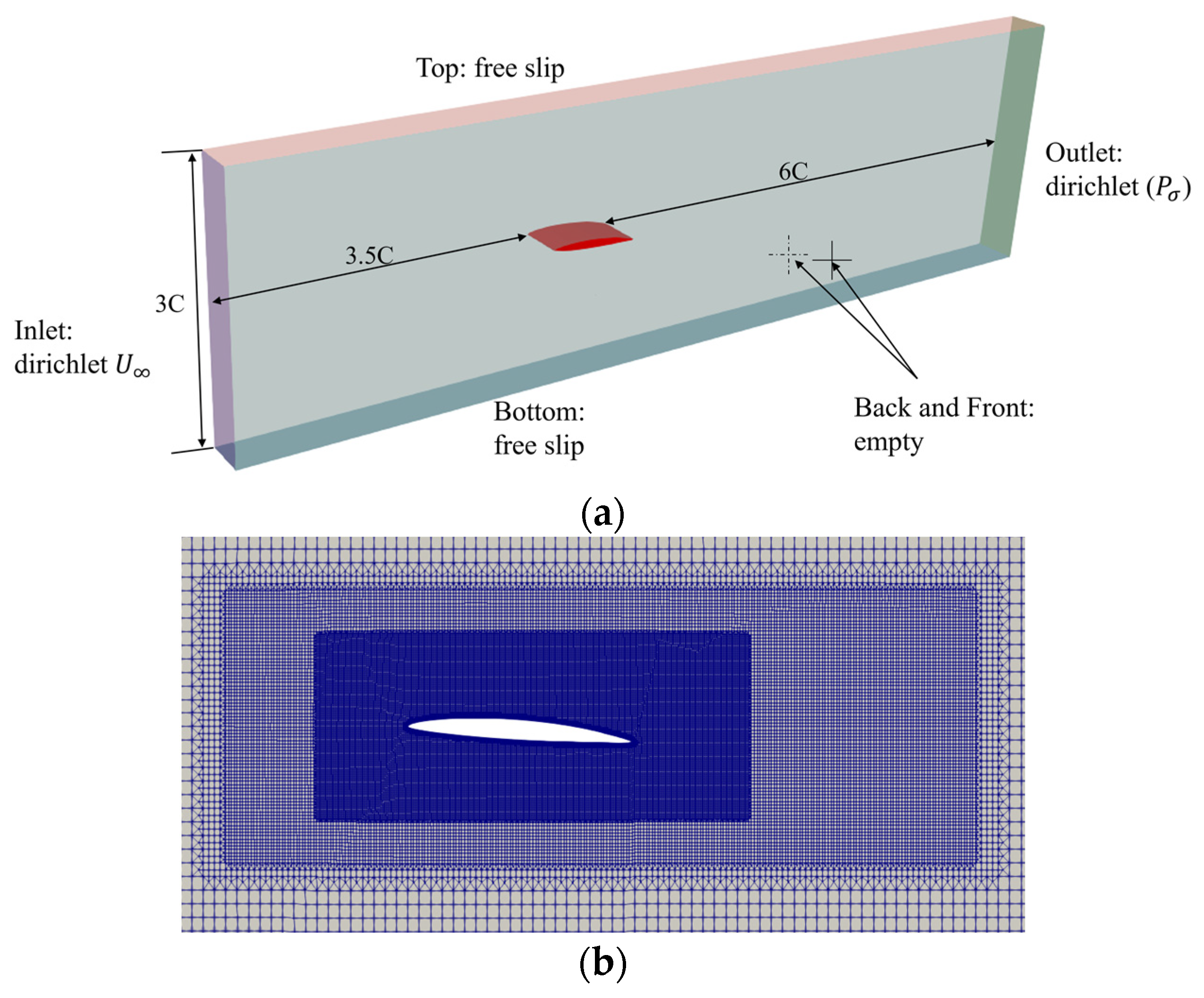
JMSE, Free Full-Text

JMSE, Free Full-Text
JMSE, Free Full-Text, windturbine
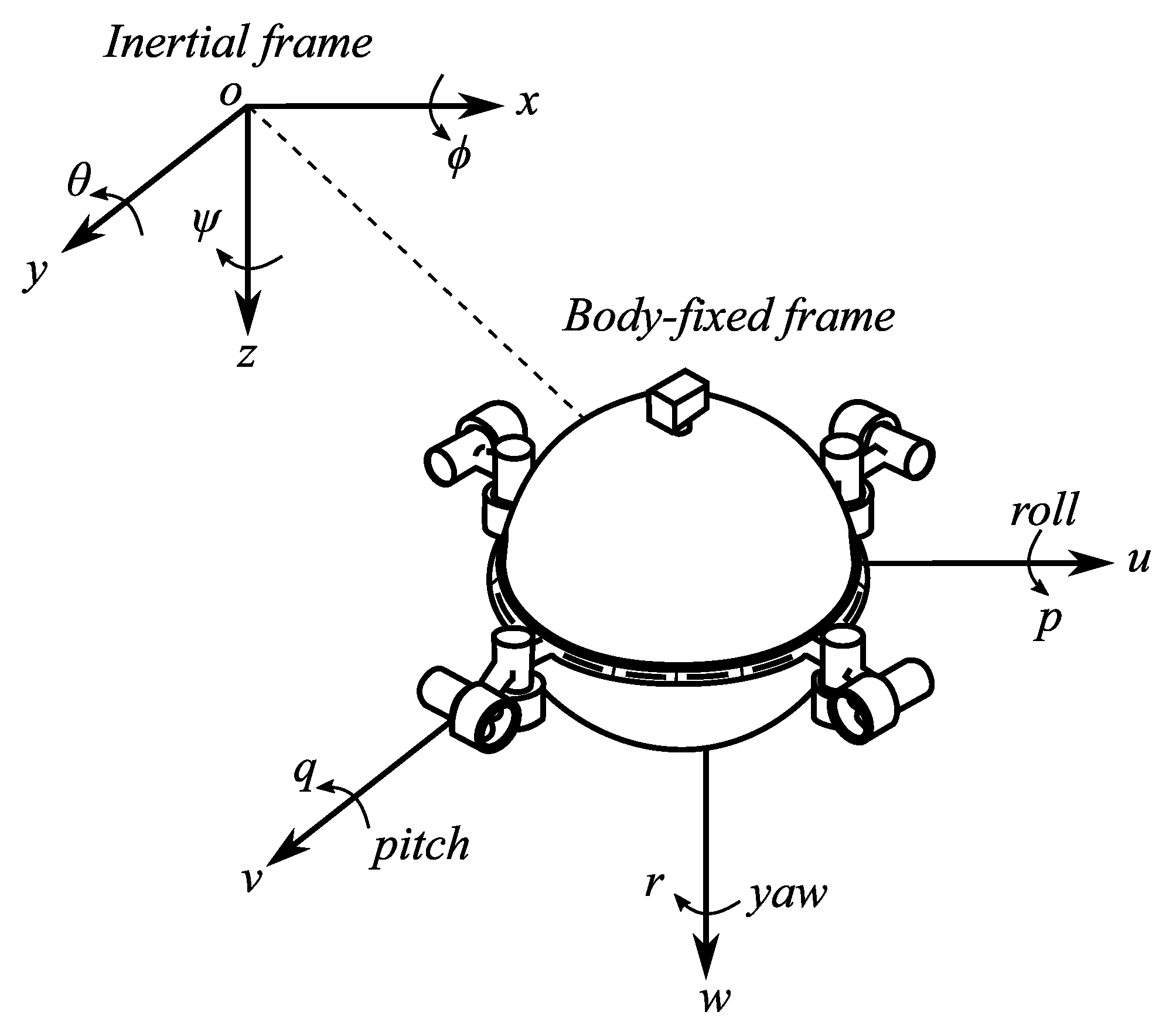
JMSE, Free Full-Text
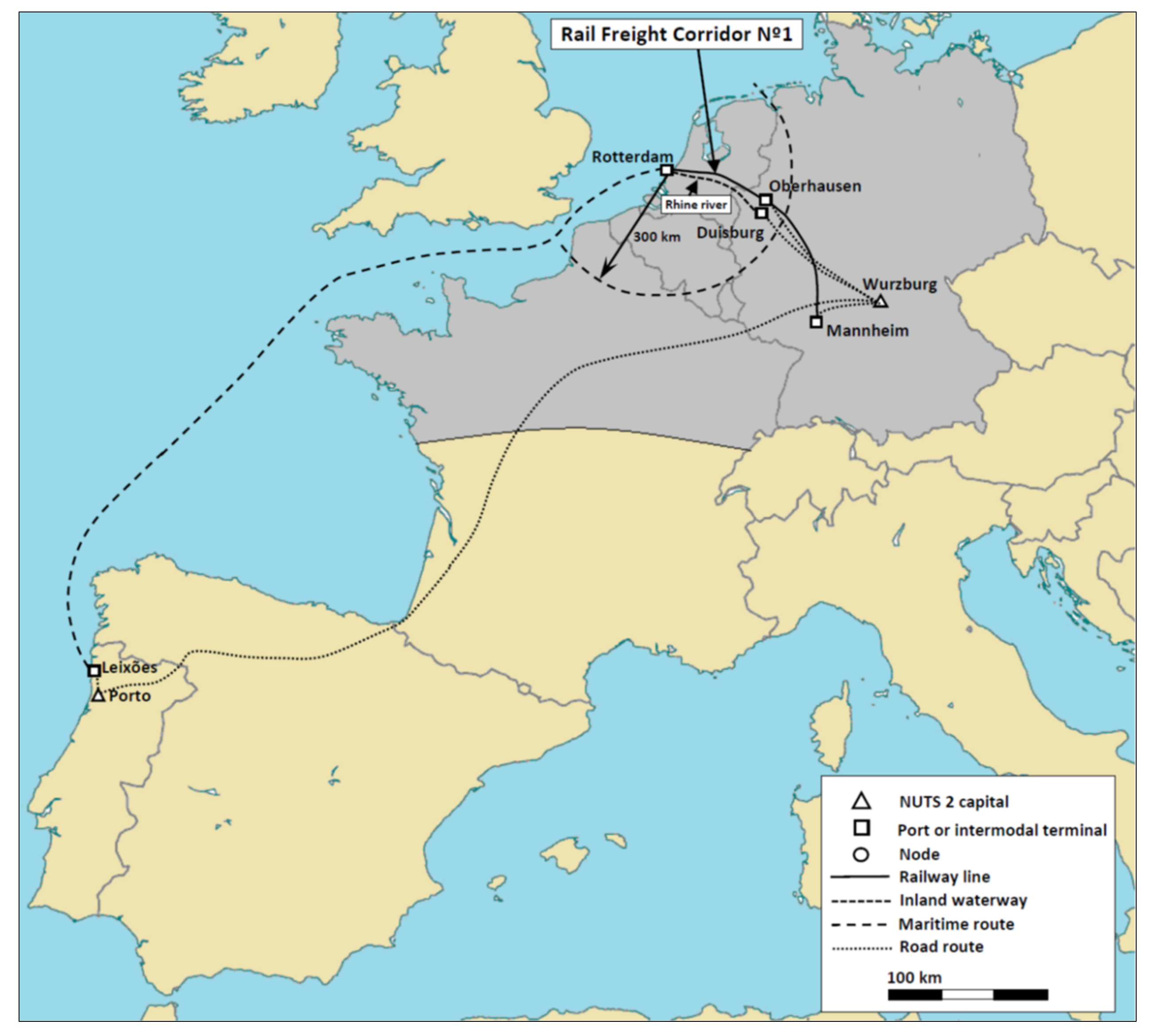
EU Agenda 2025 and Beyond - A Path For Europe (PfEU), agenda 2025

JMSE, Free Full-Text
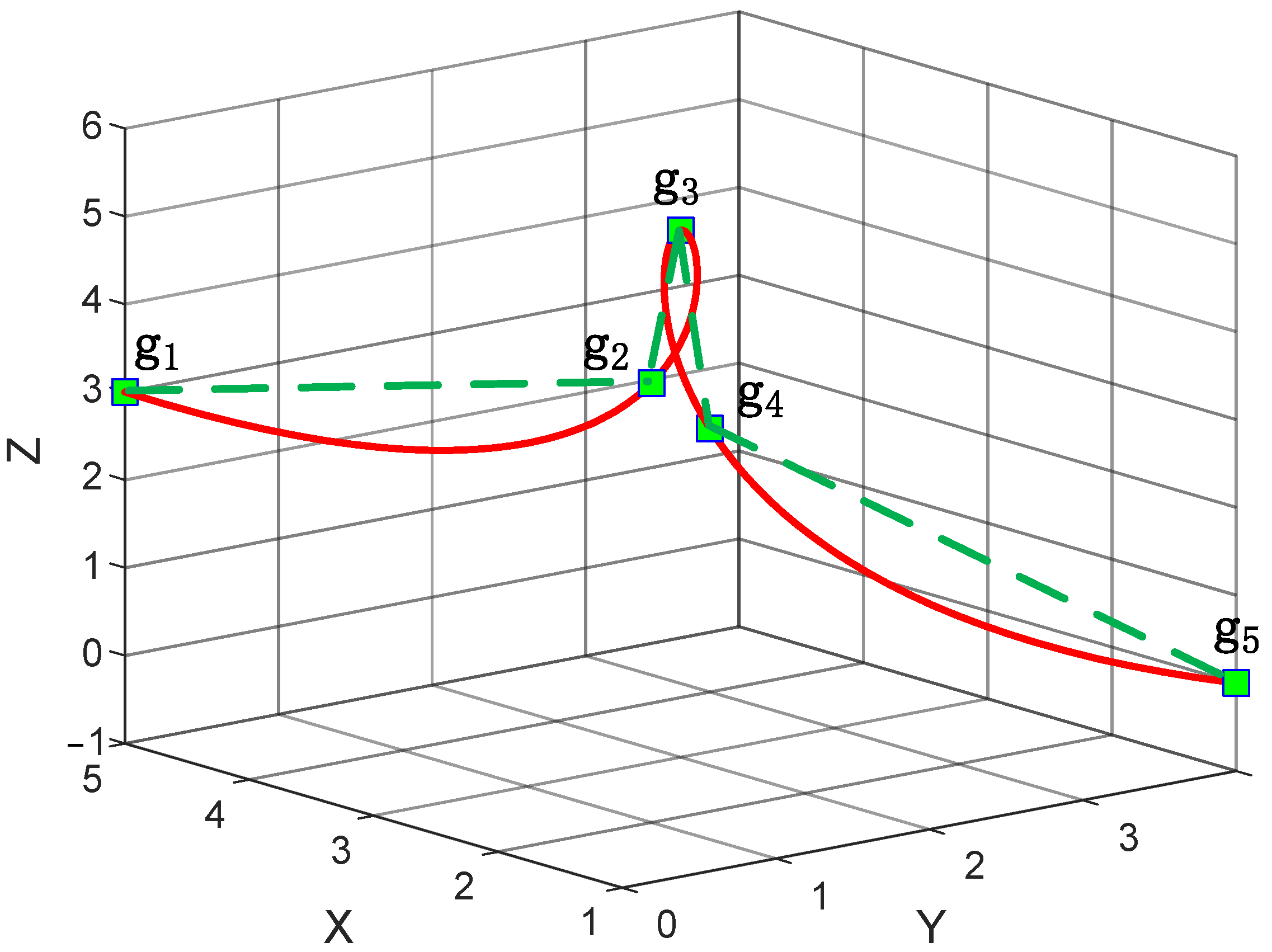
JMSE, Free Full-Text

JMSE, Free Full-Text

Engineered Water Heater Solutions Versus Field-Devised Methods
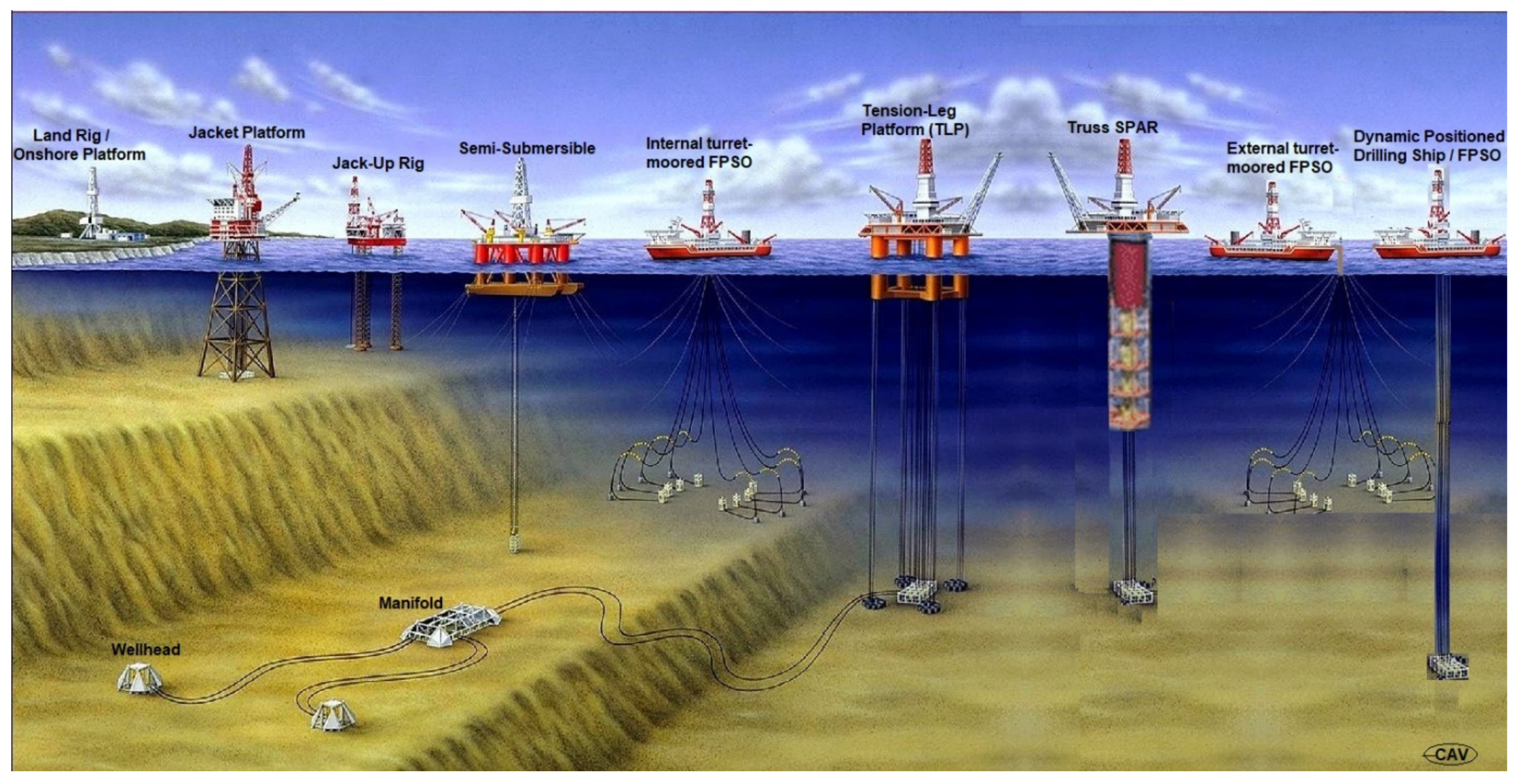
JMSE, Free Full-Text
